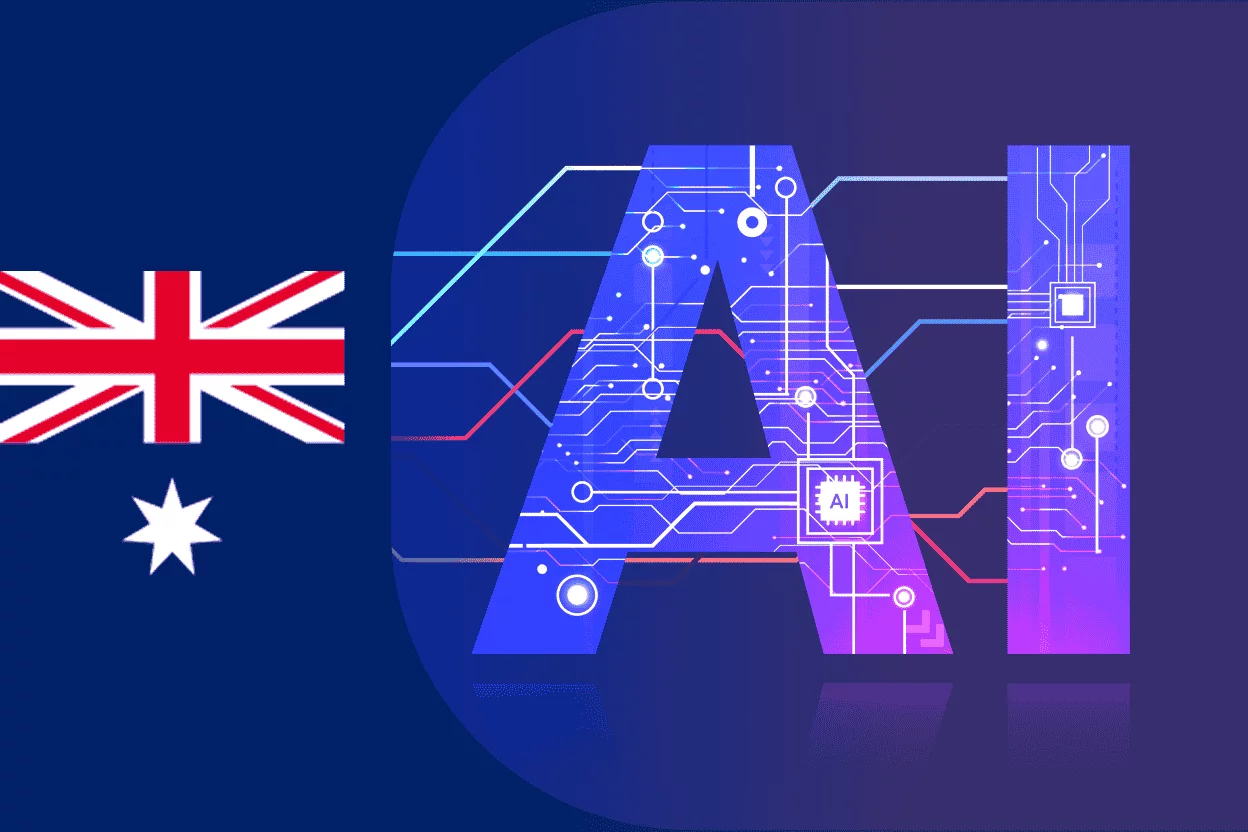The initial value of a bitcoin, set in 2010, was less than $0.01. Seven years later, in December 2017, it had crossed $19,000. Despite coming to public recognition only in 2013. The original cryptocurrency bitcoin was created by an anonymous cryptographer (or multiple cryptographers) in 2008, known only by the pseudonym – Satoshi Nakamoto.
Despite initial scepticism and governments worldwide refusing to acknowledge the cryptocurrency, bitcoin has gained wider acceptance over time. In December 2017, futures trading in bitcoin commenced on two of the largest US exchanges – the Chicago Mercantile Exchange (CME) and Chicago Board Options Exchange (CBOE).
While some warnings suggested that the recent price surge might have been a bubble, others viewed it as a belated recognition by the financial community that cryptocurrencies like bitcoin were going mainstream. Regardless of what happens in the future, it is crucial to understand what bitcoin and blockchain technology are.
Since the time mentioned, bitcoin has experienced significant volatility in its price, reaching an all-time high of $73,798 on March 14, 2024. The adoption and regulation of cryptocurrencies have also evolved, with some countries embracing them while others remain cautious or banning them outright.
What is Bitcoin?
By definition, Bitcoin is a digital currency which permits the user to perform peer-to-peer transactions without the assistance of third party like for e.g. banks and governments. At its core, Bitcoin technology is a set of protocols for generating digital tokens.
They are for tracking online transactions in a way that makes it difficult to re-use the tokens or counterfeit. Its value is solely dependent to the extent that its user agrees to.
At the heart of bitcoin is bitcoin blockchain technology – a technology that is publicly available – but largely anonymous online ledger that records bitcoin transactions.
What is Blockchain Technology?
Bitcoin blockchain technology is an online ledger that simplifies and secures transactions. Unlike a centralized bank ledger, blockchain is decentralized, removing the need for a third party to verify transactions. This can enhance security and potentially streamline processes.
Co-founder and Ex. Director of Blockchain Research Inc, Don Tapscott explains in his article –
“The blockchain is an incorruptible digital ledger of economic transactions that can be programmed to record not just financial transactions but virtually everything of value.”
How does Blockchain Technology Work?
Imagine making an online transfer using a bank’s services. The bank verifies that you have funds, depletes the amount from your account, and credits the same amount to another. You see proof of this transaction when you log into your account, but the bank has complete control over it. You trust the bank to deduct the right amount and prevent double-spending. With bitcoin blockchain technology, these tracking functions occur without a central authority. Blockchain’s secure, transparent, and decentralized nature is enabled through:
The key features that enable blockchain’s secure, transparent, and decentralized nature include:
- Distributed Ledger: The blockchain ledger is replicated across multiple nodes, with no central authority controlling it.
- Cryptographic Hashing: Each block contains a unique hash code derived from its data and the previous block’s hash, creating an unbreakable chain.
- Consensus Mechanism: Nodes on the network must agree on the validity of new blocks before they are added to the chain, typically through a consensus algorithm like Proof-of-Work or Proof-of-Stake.
- Immutability: Once a block is added to the chain, its data cannot be altered or removed, providing transparency and permanence.
American entrepreneur, investor and co-founder of Netscape, Marc Andreessen explains –
“…Bitcoin gives us, for the first time, a way for one Internet user to transfer a unique piece of digital property to another Internet user, such that the transfer is guaranteed to be safe and secure, everyone knows that the transfer has taken place, and nobody can challenge the legitimacy of the transfer. The consequences of this breakthrough are hard to overstate.”
How does Bitcoin Blockchain gain its value?
Much of its value is based on the large network that blockchain provides. This large network is where multiple validators reach a consensus that they witnessed the same thing (transaction) at the same time. In simpler terms, the size of the network is important to make the network secure. One of the biggest plus points of bitcoin blockchain is its large size and the computing power it amasses.
Who carries out the function of banks?
As mentioned above it is done by an agreement on a decentralized network. Bitcoin transactions can be done via sites that provide electronic “wallets” that upload the data to the network. New transactions are bundled and created into a batch to be broadcast to all the nodes of the network. However, how do you attract enough computing power to service the network to make it secure? This is where mining comes to play.
What is mining?
Blockchain mining is the process of validating transactions and securing the network. Miners compete to solve complex cryptographic puzzles using specialized computer hardware. The first miner to solve the puzzle gets their block of transactions added to the blockchain and is rewarded with new cryptocurrency (like Bitcoin) or transaction fees.
Who can be a ‘miner’?
In theory, anyone can become a miner. However, it’s not as simple as having a fast computer anymore. Here’s what you’d need:
- Specialized Hardware: Today, most mining is done using powerful machines called ASICs (Application-Specific Integrated Circuits) built specifically for mining. Regular personal computers are unlikely to be profitable for mining most cryptocurrencies.
- Significant Computing Power: Mining difficulty increases over time, requiring more and more processing power to solve the puzzles. This makes it challenging for individual miners to compete with large-scale mining operations.
- High Energy Consumption: Running these powerful machines requires a lot of electricity, which can be expensive and raise environmental concerns.
How does blockchain prevent counterfeit transactions?
As blockchain comprises of data containing blocks linking to the earlier blocks, an attempt to spending the same bitcoin twice would be mean changing the entire link in the chain. Furthermore, as miners are competing with each other, each one checks the others work thoroughly at every stage.
Ian Khan, a Technology futurist and author comments –
“As revolutionary as it sounds, Blockchain truly is a mechanism to bring everyone to the highest degree of accountability. No more missed transactions, human or machine errors, or even an exchange that was not done with the consent of the parties involved. Above anything else, the most critical area where Blockchain helps is to guarantee the validity of a transaction by recording it not only on a main register but a connected distributed system of registers, all of which are connected through a secure validation mechanism.”
What is the Blockchain Appeal?
While blockchain enthusiasts see it as a new way of doing all sorts of business, costs could be decreased with blockchain, as it cuts the middle man who keeps track of the transactions (and charges for it). Retailers are using the technology to ensure food safety, meanwhile, banks/ stock exchanges are investing heavily in blockchain development.
What is the current situation regarding Bitcoin?
While the bitcoin got a huge boost when CBOE started futures trading tied to the digital currency, Bitcoin’s current situation (as of April 26, 2024) seems to be mixed with both positive and negative signs:
Price: There are conflicting signals about the price. While global averages are still rising, the introduction of Bitcoin futures on CME saw a lower start compared to CBOE. This could indicate some uncertainty or profit-taking among traders.
Market Adoption: The launch of Bitcoin futures trading on major US exchanges like CME and CBOE is a positive sign for wider acceptance of Bitcoin as a financial instrument.
Overall, it’s difficult to say definitively whether Bitcoin is in a bubble or headed for mainstream adoption. The mixed price signals and increasing market recognition suggest a period of volatility and potential growth.
What Causes Bitcoin price Surge and Dwindling?
The price surge may be due to the news of largest exchanges offering bitcoin futures contracts. Plus, risk takers can bet on whether the bitcoin prices will rise or fall. Because futures contracts are derivatives, they permit investors to bet on bitcoin without actually owning it. This can be seen as a reason for expanding bitcoin’s appeal to investors. Plus, as bitcoin’s software assures only finite supply, this creates a situation of FOMO (fear of missing out) for investors.
Ronnie Moas, the founder of Standpoint research opines –
“The end-game on bitcoin is that it will hit $300,000 to $400,000 in my opinion, and it will be the most valuable currency in the world…I don’t know how much gold there is in the ground, but I know how much bitcoin there is, and in two years there will be 300 million people in the world trying to get their hands on a few million bitcoin.”
Commenting on the subject of bitcoin’s futures market, he continued-
“(I’m)’really not too concerned’ about the nascent bitcoin futures…they serve as a “celebrity endorsement” of bitcoin but will not have a significant impact on the asset’s price over the long-term”.
On the other hand, however, the ability to trade on bitcoin without owning it could also lead to decrease in demand for cryptocurrency resulting in prices to eventually dwindle down – even if the psychological interest in Bitcoin continues to grow.
Analysts at ING explain how bitcoin owners hoping to sell it at an even higher price may be disappointed, they write –
“We are enthusiastic about blockchain technology, and the current attention for Bitcoin could boost blockchain and digital currencies’ development. But as we have argued above, we doubt whether Bitcoin itself has what it takes to become a serious mainstream payment systems contender. Instead, we think it is more likely for Bitcoin to return to its roots as a niche payment system. A niche asset adopted worldwide could still have a substantial user base and hence value. It is therefore impossible to say whether the current Bitcoin market price is “too high” for a niche asset.
Then again, we join the crowd of analysts observing typical bubble characteristics: the idea of an asset that is new, revolutionary, almost magic – hard to understand, but let’s invest anyway because it will become huge. This idea is a form of “this time it’s different”-thinking. “Yes we know about all those previous bubbles that popped, but Bitcoin is really, really different.” We are not so sure”.
While many prominent people like JPMorgan Chase & Co. Jamie Dimon and ex- hedge Fund manager Mike Novogratz have called cryptocurrencies like bitcoin a “bubble”, both have invested in them. Regardless, if you are thinking about buying/investing in bitcoin, be warned, even those who believe in bitcoin predict a wild ride ahead.
Related Articles:
What does Blockchain have to offer in DevOps?
How Blockchain Is Changing Healthcare Industry
How Indian Banks are using Blockchain to expedite trade loan approvals
Let’s Build Digital Excellence Together










